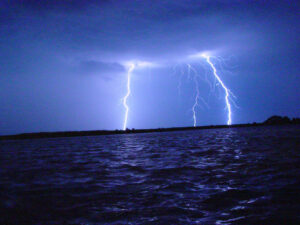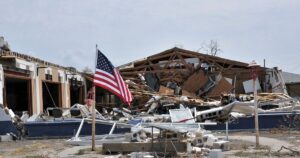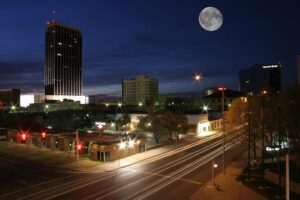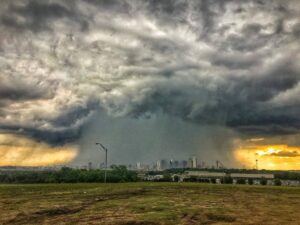My introduction to Texas’s fascinating climate came in the spring of 1984, when I moved to Beaumont to take a job at the Beaumont Enterprise newspaper.
It took no time at all for the seasonal humidity to settle in. I informed my wife of that in a phone call to her in Oregon, where she stayed behind for a time to sell our house. To be candid, once we went through a summer or two of Gulf Coast heat/humidity, we all — our sons included — learned to expect the stifling temperature and the energy-sapping humidity. None of us ever got used to it.
Then we moved to Amarillo in 1995. The weather in the Panhandle was as unpredicatable in the spring as the Gulf Coast. It also was more temperate. Cooler in the morning and evening. The elevation of Amarillo, at 3,676 feet above sea level, had something to do with it. Much more pleasant. During the summer days? Still damn hot! But, hey … it was a dry heat, y’know?
Then we moved to Princeton in 2019. More humid again. Not like the coast, but stickier than the Panhandle.
My mantra now is as it was when I first got here 41 years ago. I have learned only to expect the humidity. I don’t like it, but as my dear old Dad would tell me when I bitched as a boy about the rain in Portland: Go talk to God!





